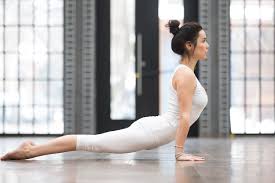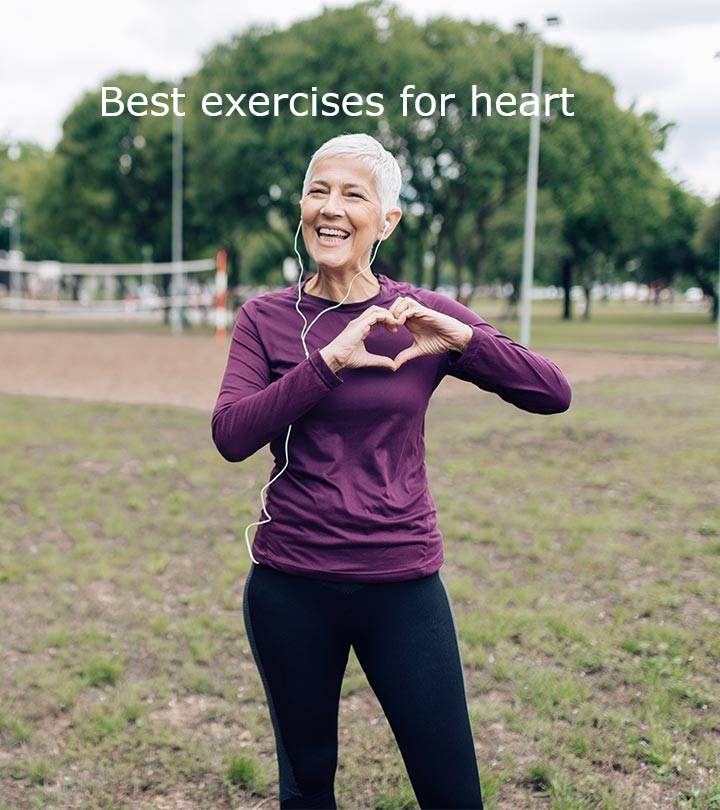Bharadvajasana
Description:
Bharadvajasana II variation viewed from the front
Bharadvajasana is a basic seated spinal twist. It has three main variations:-
Bharadvajasana II is the advanced variation requiring high hip mobility in which one leg articulated as in the Padmasana (lotus position), while the other leg is articulated as in the Virasana.
Bharadvajasana I is the basic variation in which the legs articulated as in virasana dropped to one side one foot on the floor and the other’s ankle cradled in the arch of the foot below.
Bharadvajasana on chair is a third variant which is performed sitting sideways on an armless chair, which does not require hip mobility, utilizing the back seat to provide gentle resistance to the arms, to assist with the twi
The vinyasa for Bharadvajasana I begins in dandasana from which,
The legs are bent at the knees, dropping them to the left, bringing the feet to the right hip.
The right foot end top down on the floor and cradling the left ankle within the arch of the right foot.
The torso is rotated 45° to the left.
The right arm is straightened and the hand is inserted under the left knee.
The legs are released, returning to dandasana for a few moments to release the knees.
Repeat on the left side.
Anatomy :
the spine
The main action in Bharadvajasana is spinal rotation towards the leg which articulated as in the Virasana
During a twist the torso is rotated right using the action of pair of muscles acting in synergy such as left external oblique and right internal oblique which work while the right external oblique and left internal oblique are stretched. Thus the ability to perform the twist depends both on the strength of the obliques and their ability to stretch, which can restrict the rotation. If ujjayi breath technique is employed all the following muscles can be recruited for spinal twisting motion.
-Throughout the spine.
The multifidus.
The rotatores.
The intertransversarii.
The erector spinae muscles consisting of the longissimus, iliocastalis and Spinalis.
The iliocastalis cervicis.
-Rotation of the neck is due to rotation in the cervical spine using
The left and the right sternocleidomastoid muscle are on the sides of the neck.
The left and right spenius in the back of the neck.
The longus colli in the back of the neck.
The scalenes in the back.
The levator scapulae in the back.
-Rotation of the torso is due to the thoracic and lumbar spine and using
The inner and outer obliques.
The left and right psoas major.
The quadratus lumborum.
In Bharadvajasana, a typical practitioner should expect 5° of rotation in the lumbar spine (yellow); 35° in the thoracic spine (indigo), and 50° in the cervical spine (red). These add up to 90° of spinal rotation between hips and head which may be reached in this twist. However, just trunk rotation has 26 articulation points and if any have a reduced range of motion the others will be forced to over-compensate which is the risk factor contributing to injury in yoga twists.
Reduced mobility in the hips will necessitate some spinal flexion (leaning forward). In all but the tightest of hip, this can usually be compensated by sitting on a supporting wedge which allows for a cleaner twisting motion without forward flexion. If a wedge cannot compensate then Bharadvajasana, should be performed sitting on a chair.
type :
sitting.
effect on the spine :
Twist.
INDICATIONS:
PRO-DENSE resultant paste is intended for use as a bone graft substitute to be injected or digitally packed into open bone voids/gaps that are not intrinsic to the stability of bony structure of the skeletal system (i.e., the extremities and pelvis) to cure in situ. These open bone voids may be the result of benign bone cysts and tumors (in adults and pediatric patients = 6 years old), surgically created osseous defects or osseous defects created from traumatic injury to the bone. The paste provides a bone graft substitute that resorbs and is replaced with bone during the healing process.
The PRO-DENSE™ paste cured in situprovides an open void/gap filler that can augment provisional hardware (e.g. K Wires) to help support bone fragments during the surgical procedure. The cured paste acts only as a temporary support media and is not intended to provide structural support during the healing process.
PRO-DENS is provided sterile for single use only.
CONTRAINDICATIONS
The PRO-DENSE Bone Graft Substitute injectable paste is contraindicated where the device is intended as structural support in load-bearing bone and in articulating surfaces. Conditions representing relative contraindications include:-
Severe vascular or neurological disease.
Uncontrolled diabetes.
Severe degenerative bone disease.
Closed bone void/gap filler.
Pregnancy.
Uncooperative patients who will not or cannot follow postoperative instructions, including individuals who abuse drugs and/or alcohol.
Hypercalcemia.
Renal compromised patients.
Patients with a history of active Pott’s disease.







